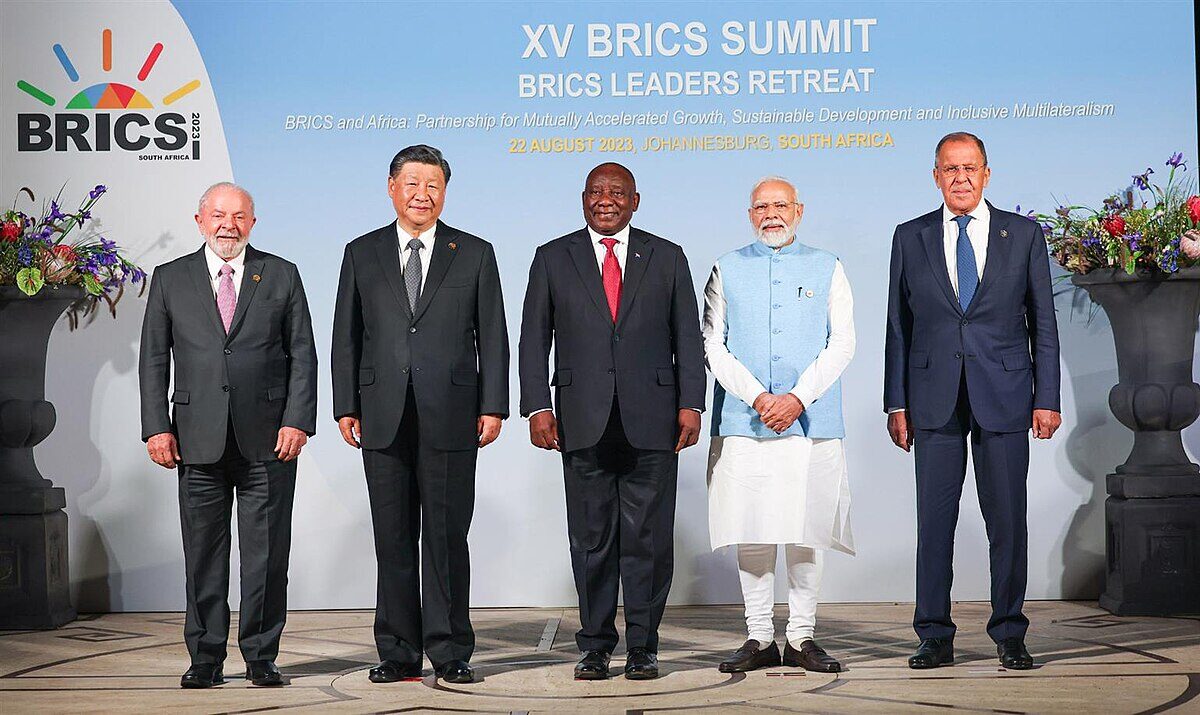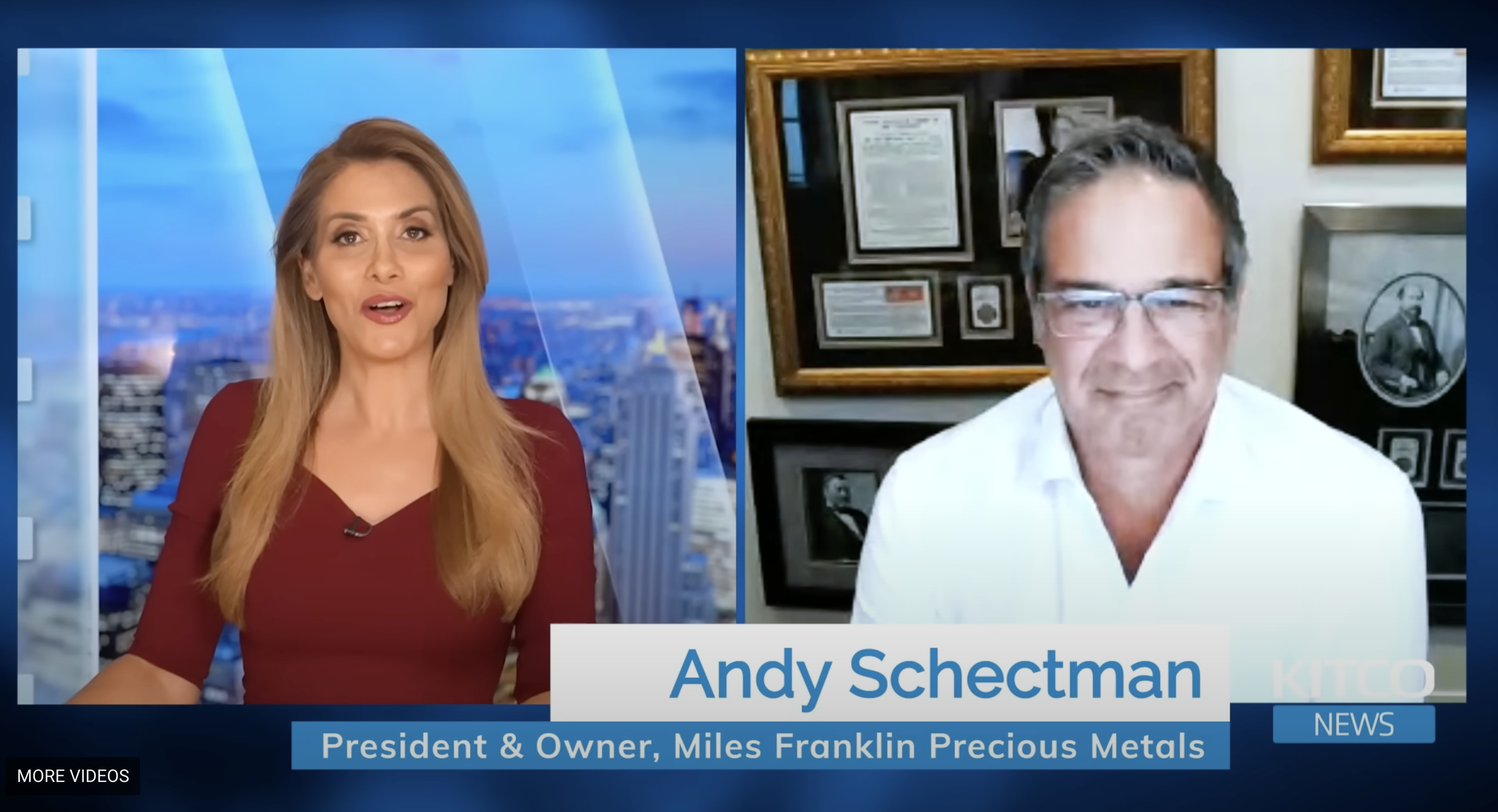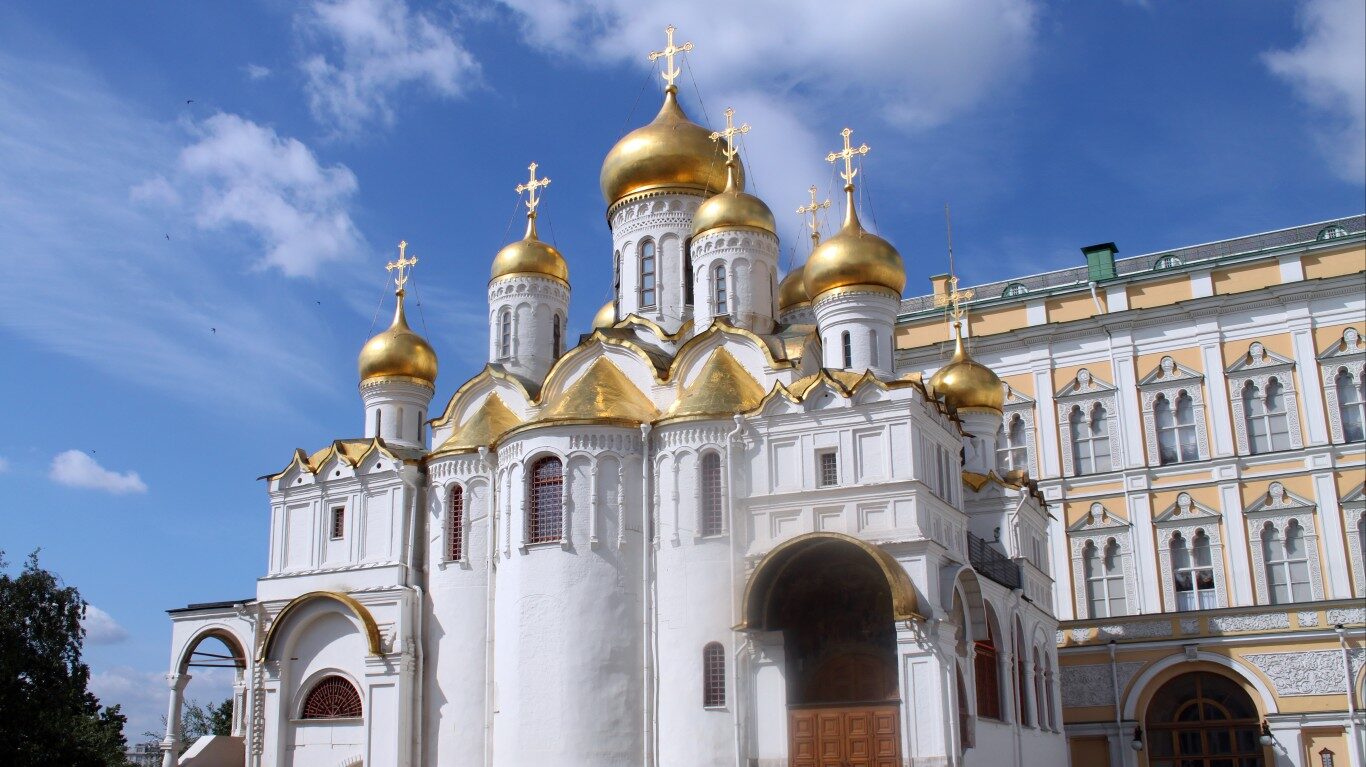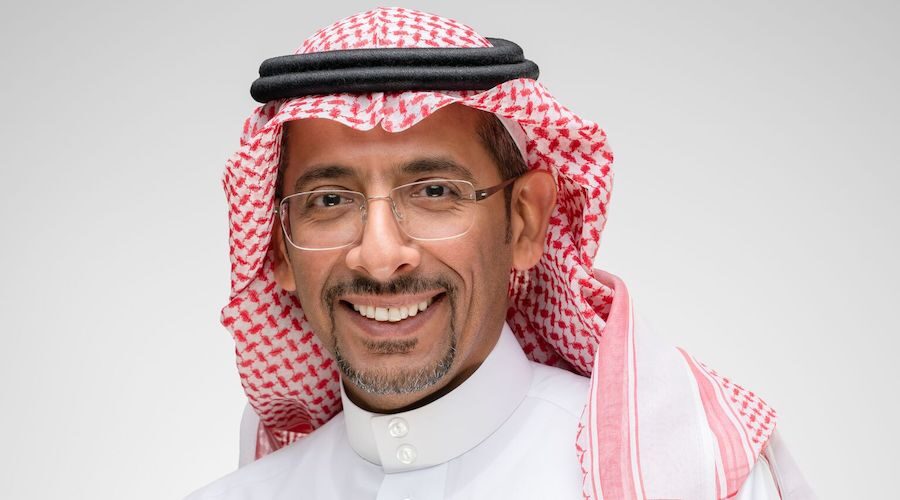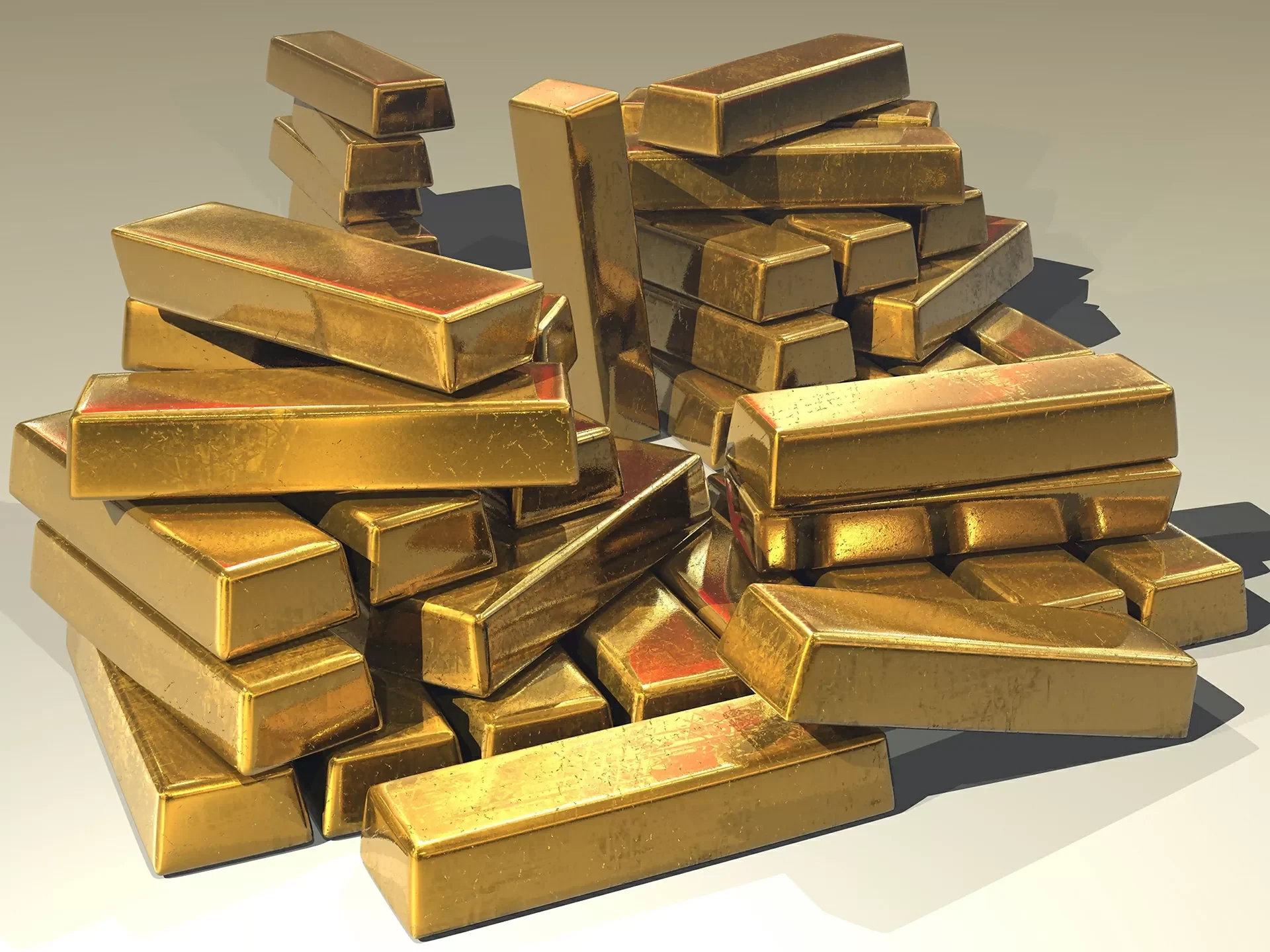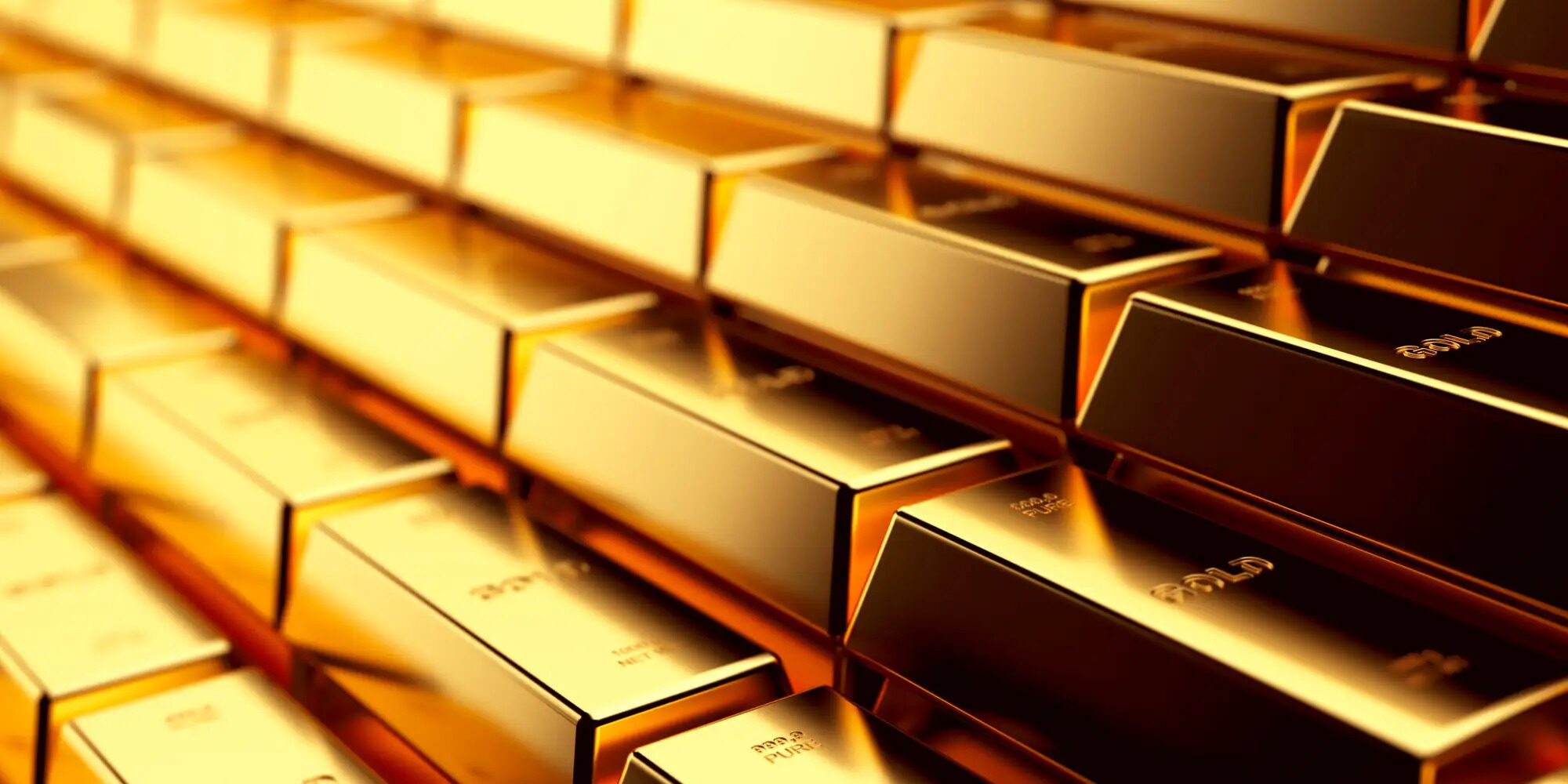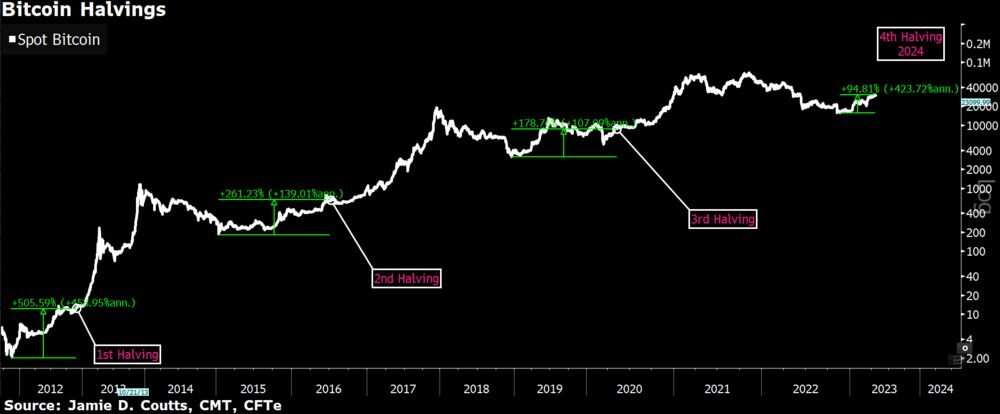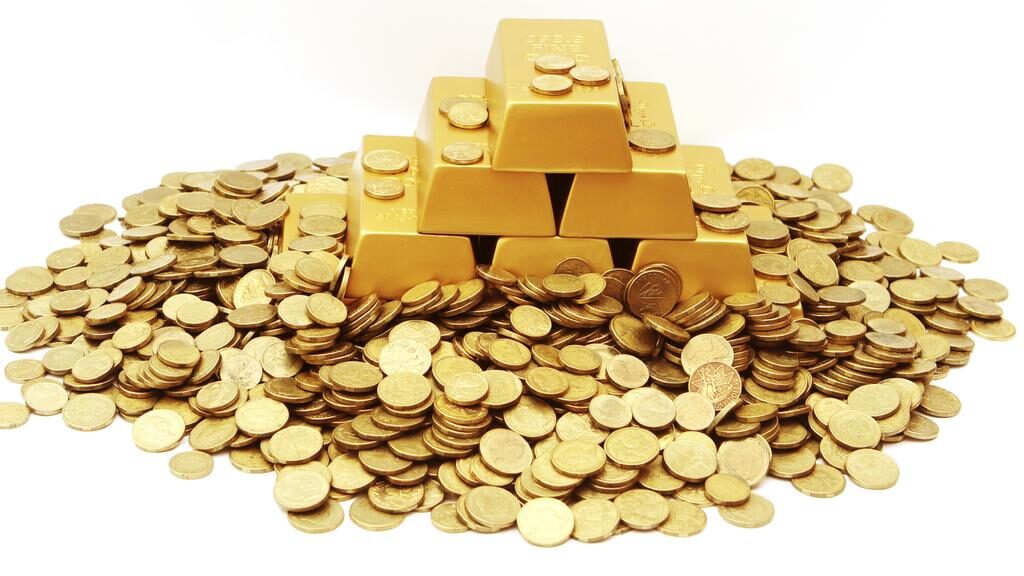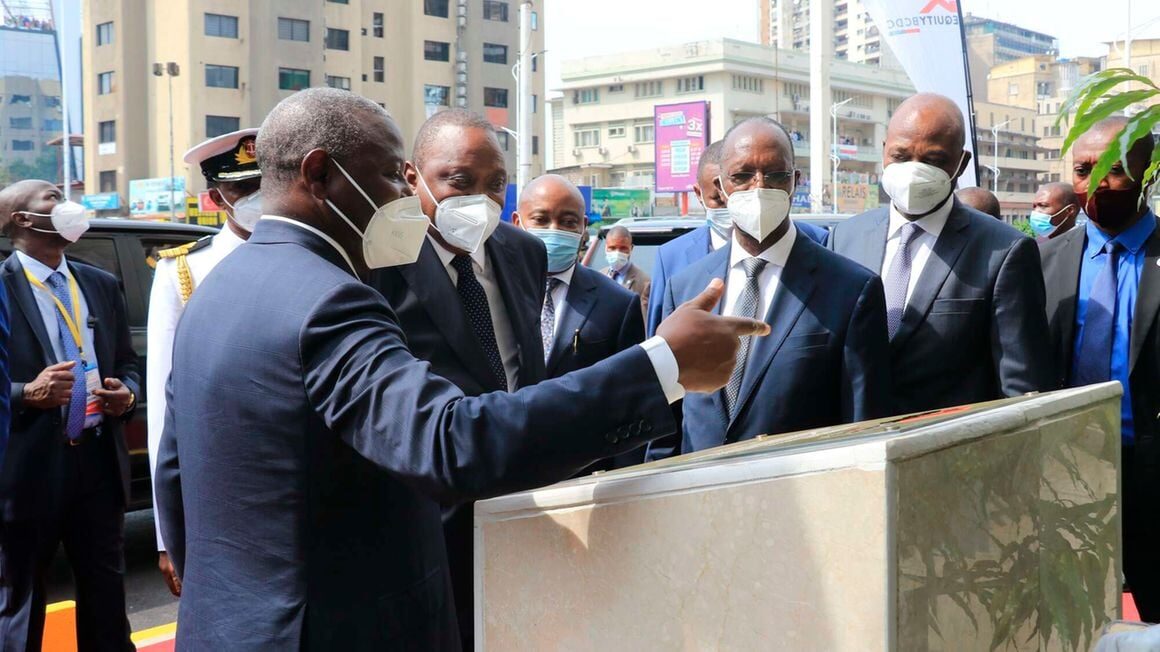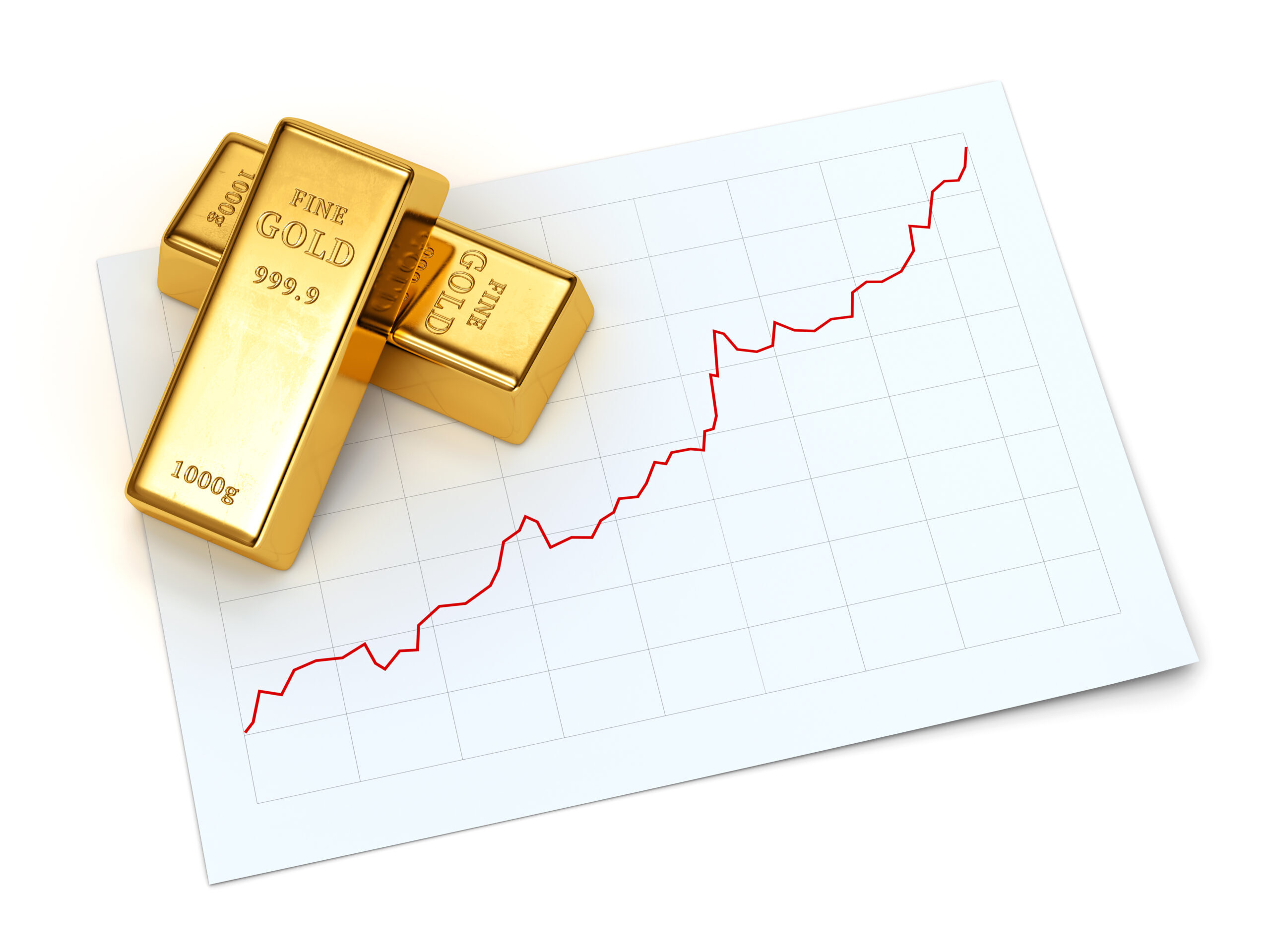BRICS Summit Aims to Challenge US Dollar with Potential Boost to Gold, Silver
The BRICS (Brazil, Russia, India, China, South Africa) summit in Johannesburg could have far-reaching ramifications for the world of finance, specifically for precious metals and the US dollar. As the bloc contemplates expansion and expresses discontent over the dominance of the US dollar in global trade, investors worldwide should be attentive to these seismic shifts in economic power dynamics.
Historically, in periods of political and economic instability, gold and silver have been considered safe-haven assets. As BRICS nations push for a greater role in shaping the global financial landscape and challenge Western supremacy, uncertainties could cause a surge in demand for these precious metals. Additionally, the inclusion of Saudi Arabia, the world’s second-largest oil producer, could provide a further boost. If the bloc promotes trading oil in currencies other than the dollar or even in gold, it could drive up the prices of these metals.
The US dollar’s preeminence in global transactions is under scrutiny. As highlighted in the summit, there’s a growing consensus among BRICS nations to conduct trade in local currencies. While the immediate dethroning of the dollar seems unlikely, a gradual move towards a multipolar financial world, where several currencies co-exist in global trade, is plausible.
Cobus van Staden’s, an analyst at the China Global South Project, analogy of “a lot of paper cuts” perfectly encapsulates the situation. BRICS may not deliver a knockout punch to the dollar, but a series of smaller actions could erode its dominance. These “paper cuts” may include bilateral trade agreements in local currencies, establishment of alternative payment systems, or even gold-backed financial instruments.
An erosion of confidence in the US dollar could trigger a bull market for precious metals. As nations seek to diversify away from dollar-centric systems, they might increase their gold and silver reserves. A multipolar currency world, where local currencies gain prominence, would likely have fluctuating exchange rates. This volatility could further push central banks and investors towards the stability offered by gold.
The US and its allies are closely watching the geopolitical aspirations of BRICS, especially the inclusion of nations like Saudi Arabia. As the bloc grows and its influence expands, it might create a counterweight to Western financial institutions. While the geopolitical repercussions are vast, from a financial perspective, it introduces a new set of players determining global precious metal demand and currency flows.
In conclusion, while the BRICS bloc grapples with internal differences, their united front against the dollar’s dominance signals a transformative phase in global finance. Precious metal investors and dollar watchers alike should keep a keen eye on the bloc’s decisions, as they have the potential to reshape the world’s economic landscape.
Source: FX Empire

